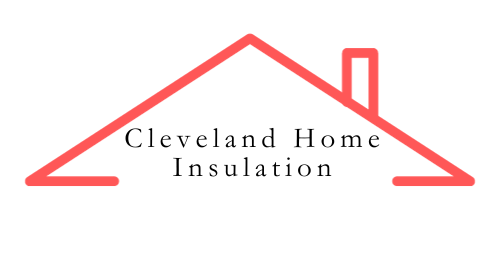Sealing the Thermal Envelope - All about performance insulation and its placement in the home
Types of Insulation offered by Cleveland Home Insulation and where they are installed for the most benefit
Cellulose Insulation - Eco-Friendly and Green, A Cleveland Home Insulation Specialty
Cleveland Home Insulation excels in Eco-friendly and Energy Efficient insulation solutions. For this reason we specialized in 'Green' cellulose insulation, which can be used in existing walls or new walls, and also in attics as a loose fill material. Cellulose insulation is made from around 80% recycled materials, and it is excellent at stopping air movement, its estimated that insulating a home with cellulose insulation saves the equivalent of 40 years of recycled newspapers!
Cellulose insulation also has the added benefits of sound dampening, pest control, and fire resistance treatments, making it 'darn near perfect', as our team likes to say! Dense packing cellulose insulation into walls will provide an R-value of 4 per square inch of thickness, while loose fill cellulose, like in an attic, provides an R-value of 3.5 per square inch of thickness.
How do we densely pack cellulose insulation into walls that already exist? First we lay down and tape up drop cloths, to ensure that dust and escaped insulation do not leave a mess on your property. Then, depending on the building components of the home, we drill evenly spaced holes either under the siding of the home, or in the case of brick homes, we drill from the inside into the drywall. This allows us to insert a hose into the hole and blow the cellulose insulation into the stud wall cavities. Our blower machine is pressurized and then calibrated to account for the length of the hose, and then we begin the cellulose dense packing. A vapor barrier is not recommended for cellulose insulation, unless in areas of high humidity, or extreme cold, neither of which counts in Cleveland, Ohio.
The blower machine and the methods of the technician allow the cellulose insulation to blow into every available nook and cranny. As it piles up, the technician will adjust the hose to ensure even coverage all around the inside of the wall. A thermal camera aids in the process of packing the stud wall cavity, making sure every inch has even coverage. This is done until the wall cavity is full. Then the holes are plugged, leaving no damage. If the cellulose was inserted underneath home siding, the siding will be replaced and the home will appear just as it used to!

Fiberglass Insulation - The most popular insulation for homes
Fiberglass insulation has been around for about 100 years, it first made an appearance in the 1930s, invented in Akron, Ohio, by Owens Corning. This insulation comes in two forms, a woven blanket called a 'Batt' and a loose fill material that can be spread in attics, and blown into mobile home underbellys. Fiberglass insulates by trapping air between fibers which will restrict sound waves and air movement.
Cleveland Home Insulation uses fiberglass insulation similarly to cellulose, it is blown into existing walls, spread out in attics, and additionally, it can be installed in batt form during wall construction. Fiberglass batts must be installed while the wall in being built, so if you're planning a new addition, its the perfect time to call us! The batts are cut to accommodate the spacing required between studs, and only need to be cut to length.
When insulating attic spaces we can use loose fill fiberglass if cellulose is not desired. We use similar methods, a blower machine aids with dispersing the materials in a uniform layer, sealing in the thermal envelope of the home. Measuring sticks are placed in various areas of the attic to make sure that the layering is sufficient for Ohio weather. We then create a custom fitted access panel to be sure that there are no variations in protection around the access hatch.
Spray Foam Insulation - The best air sealing insulation
Spray foam insulation is a wonderful material, it is a high octane performer and lasts for a long time, when used in the correct places. We use spray foam insulation to seal rim joists in basements and on the walls of crawlspaces.
Rim joints are areas near the ceiling of the basement that sit right at the ground level, where snow and ice pile against the home. For this reason having your basement rim joints insulated is an excellent idea. They let in a lot of cold and often have pipes that enter and exit the home, creating potential air gaps.
Spray foam, when used to fill and insulate rim joints and crawlspaces, will completely seal off any air gaps and cold air from entering the home. With its air sealing abilities and R-value of 5 per square inch, spray foam is the clear winner for this use case. We also use spray foam to block air gaps around the internal entrances of pipes and cables, because many small air gaps letting in cold air add up to one large energy bill. Additionally, we use spray foam around the base of support blocks when insulating mobile homes, so that cold from the earth does not creep into the flooring and cause cold spots.
Hours:
Monday: 8am - 4pm
Tuesday: 8am - 4pm
Wednesday: 8am - 4pm
Thursday: 8am - 4pm
Friday: 8am - 4pm

